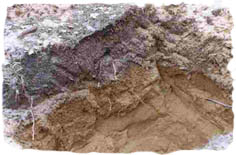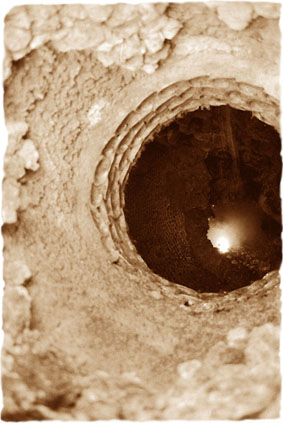




| |


Model comparison of the GSC and BC standardization systems for the two study sites reveal patterns in these rule-based classification systems and describe the generalised geological settings of the study regions. The observations made in this project dealt with classification patterns for large and small area data. The data from Abbotsford is considered large because significant numbers of well-logs are represented while data from Grand Forks is small since available data is correspondingly small. The number of well-logs used in the standardization process affects a number of outcomes.
Firstly, if the number of well-logs used in the classification process is sufficiently large, subsurface category results of the GSC and BC schemes are most similar and consistent both locally and globally. Secondly, if this number is significantly large, both classification system results have similar and equal spatial extents. This indicates that both schemes classify almost the same well-logs into the same categories for some entries, and into different groups for others. Also, elevation range differences become smaller for corresponding categories in each system. These are apparent in the Abbotsford GSC and BC standardization models for the various categories.
Conversely, if the number of boreholes is small, significant disparities become apparent over the entire extent of the model and locally. There are spatial extent dissimilarities in GSC and BC schemes and divergent elevation patterns for various subsurface categories. Each scheme results in different category material for the various categories and also in different well-logs. This exacerbates the spatial coverage differences and the elevational patterns for GSC and BC schemes in the various categories.
Despite these inconsistencies and differences, the classification systems: GSC and BC expresses consistency and regularity in category materials labelling. These rule-based systems do not depend on the number of well-logs used as either large or small data. The elevational patterns seen in the Abbotsford and Grand Forks models are the direct result of this consistency in the rule-based schemes. This consistency is revealed in the elevational pattern followed in the GSC and BC rules especially in cases where there are divergent elevation ranges but elevation pattern still remains similar over the entire model.





| |